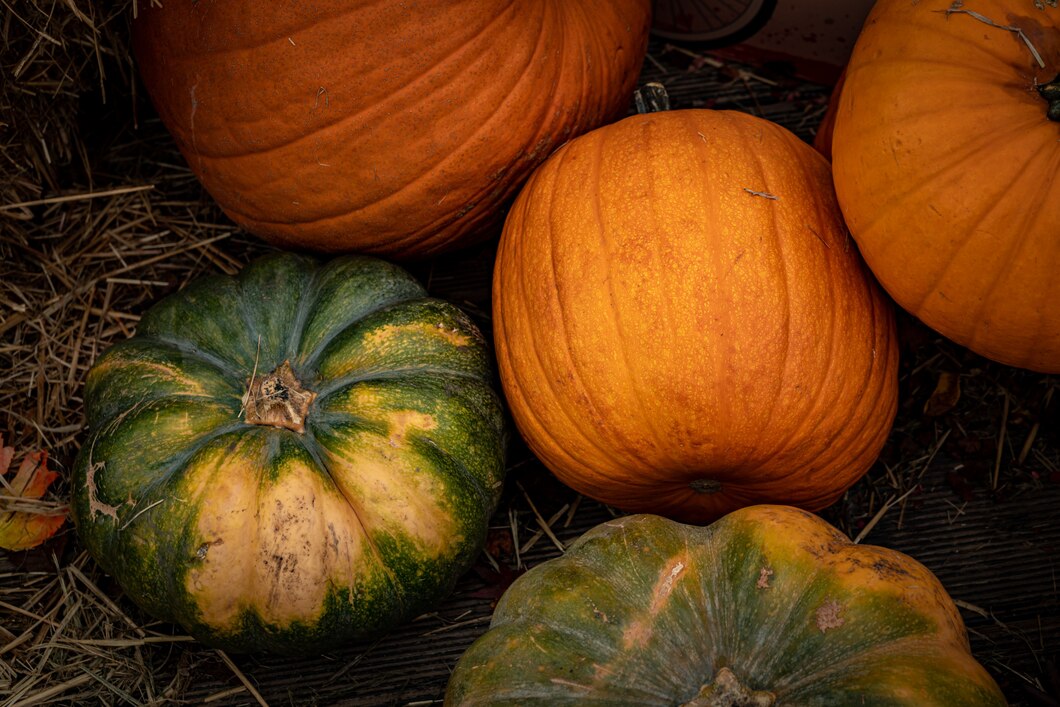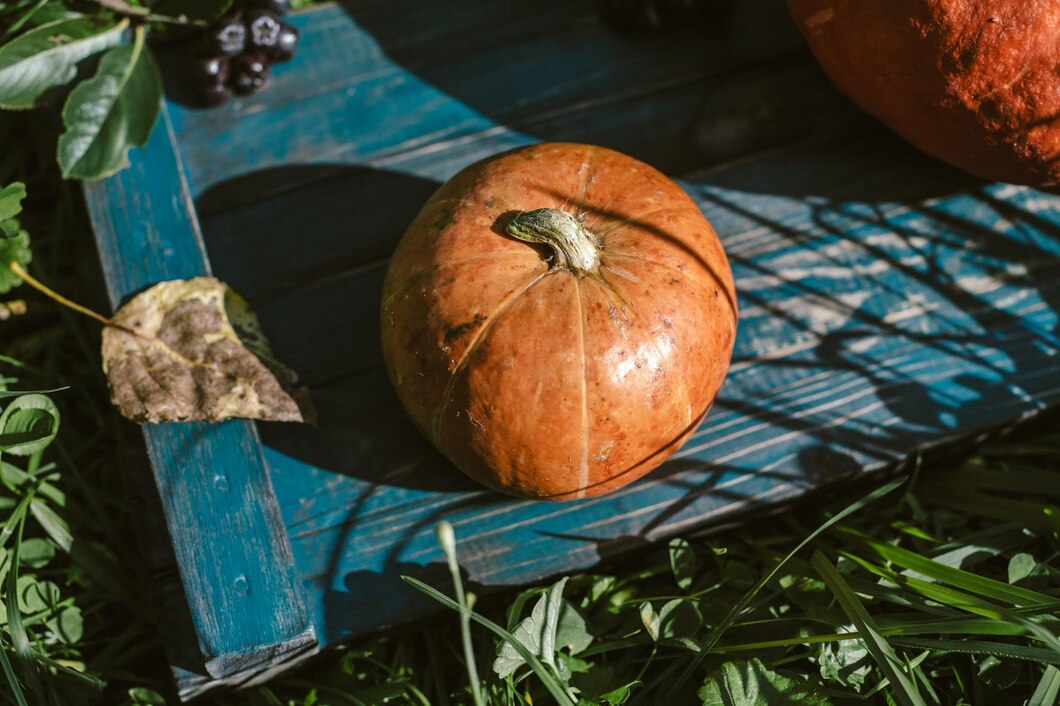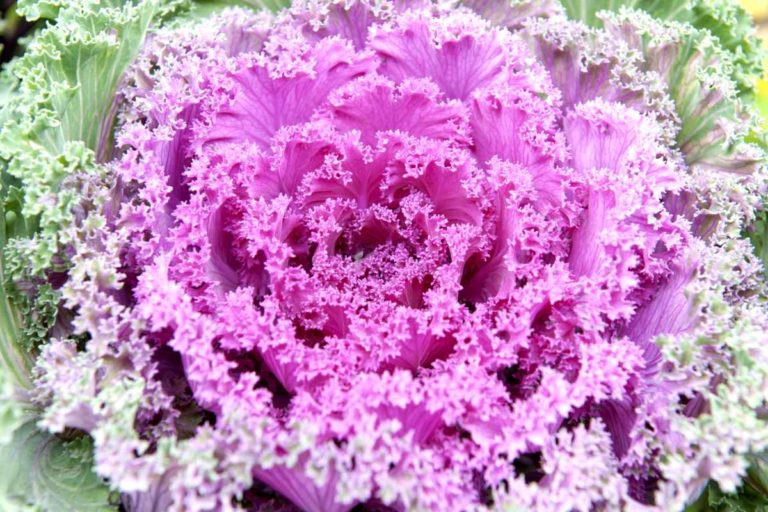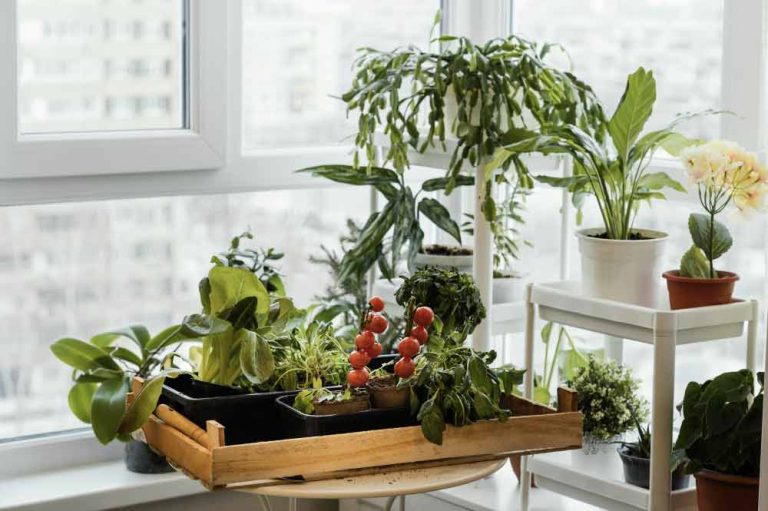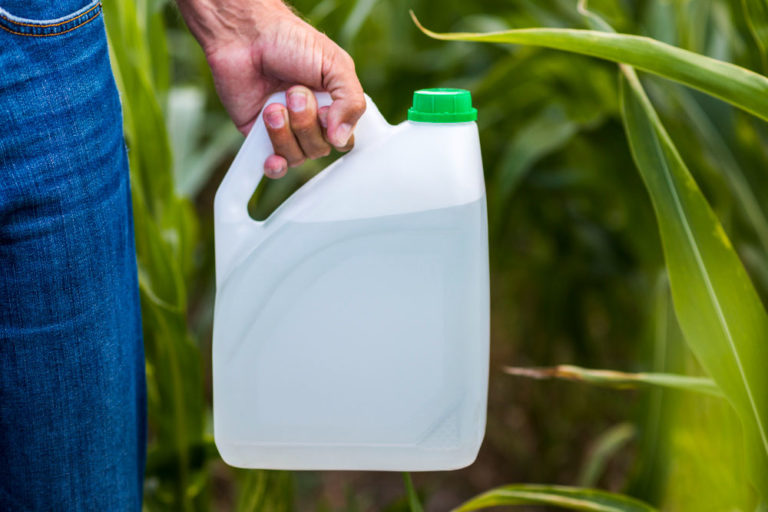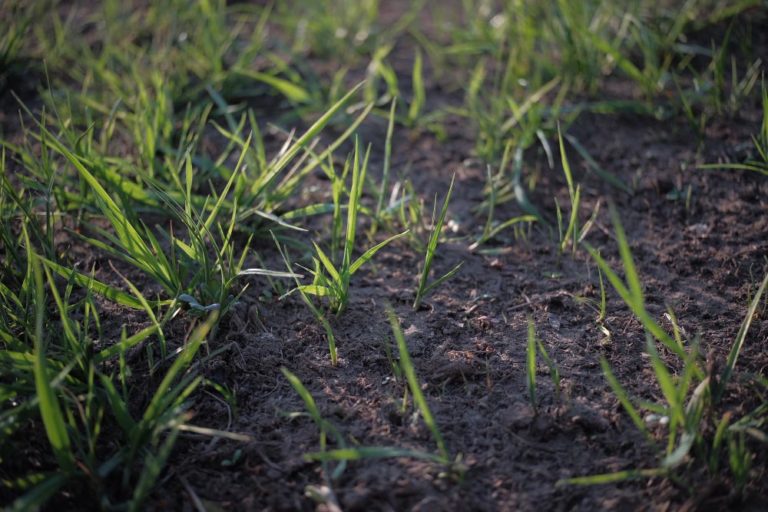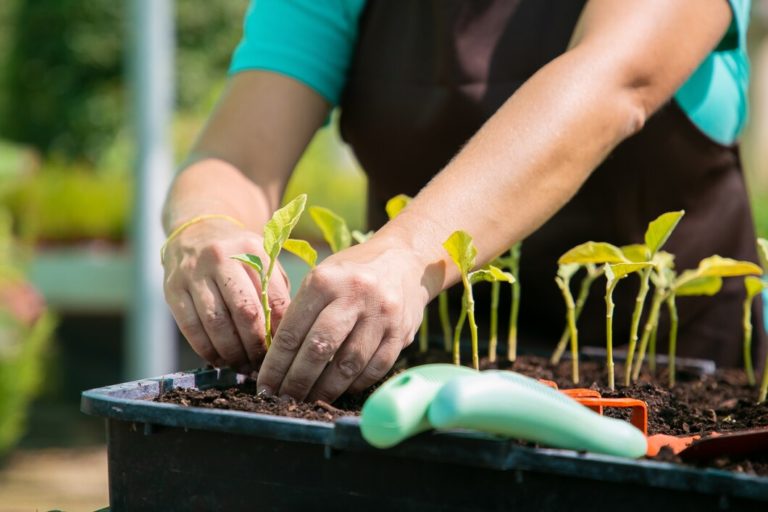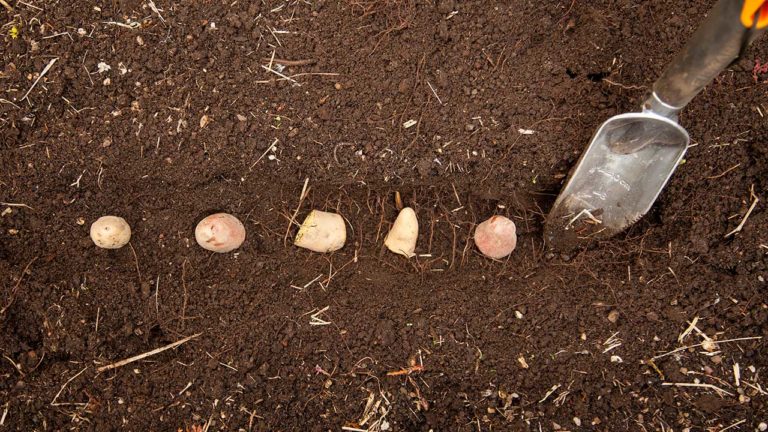Ultimate pumpkin growing tips: How to grow pumpkin seeds
If you’re looking for a fun and easy gardening project, why not try growing pumpkins? They’re perfect for fall decorations; you can even use them to make homemade pumpkin pies. Here’s everything you need to know about How To Grow Pumpkin Seeds
How To Grow Pumpkin Seeds
When to plant pumpkin seeds?
You can plant pumpkin seeds in early spring as soon as the ground is thawed and can be worked. You’ll want to sow the seeds about an inch deep in well-drained soil and space them about four to six inches apart. Once the seedlings have sprouted, thin them out so that there are only two or three plants per hill. Pumpkins need a lot of room to grow, so give them plenty of space.
Pumpkins are heavy feeders, so make sure to fertilize them regularly. A side dressing of compost or manure every few weeks will help the plants thrive. Water pumpkins deeply and evenly, especially during dry spells. Pumpkins need about an inch of water per week. See our guide about When is the best time to water your garden.
Pumpkin growing stages
Pumpkin plants are typically started from seed in the spring. After the seedlings have grown and the weather has warmed up, they are transplanted into their final garden spot. Pumpkin plants need a lot of room to spread out, so they are usually planted in hills. Each hill should have 4-5 plants. Once the plants start to vine, they need to be given support – either by being trained up a fence or allowed to sprawl on the ground. Male flowers will appear first, followed by female flowers.
Female flowers have a small pumpkin at the base of the flower. If pollination occurs, the tiny pumpkin will start to grow. Pumpkins are ready to harvest when they are a deep orange color, and their skin is hard. Cut the pumpkin off the vine to harvest, leaving a few inches of stem attached. Pumpkins can then be stored in a cool, dry place for several months.
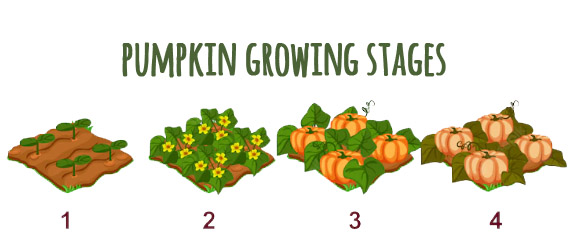
How long do pumpkins take to grow
Pumpkins can take anywhere from two to three months to fully mature. This may seem like a long time, but it’s typical for pumpkin plants.
Ideally, it would help if you waited until the pumpkin is fully mature and the skin is hard to the touch. You can also check the stem; if it’s brown and dry, the pumpkin is ready to be picked.
When to harvest pumpkins?
Most pumpkins are ready to harvest in October, just in time for Halloween. To tell if a pumpkin is ripe, look for one that is deep orange in color and has a hard, dull rind (unless it is a white pumpkin). The stem should also be dry and brown. If you gently thump the pumpkin, it should have a deep, hollow sound. If it sounds hollow, that means the flesh is thick and ripe. You can also check the bottom of the pumpkin for a uniform color. If the bottom is yellow or light green, it’s not quite ready to be picked. Ripe pumpkins will keep for several months if they are stored in a cool, dry place. So if you’re looking for the perfect pumpkin to carve into a jack-o-lantern or bake into a pie, wait until October to harvest it.
Harvesting pumpkins
Cut the pumpkin from the vine with a sharp knife, leaving a few inches of stem attached. Handle them carefully, as they can bruise easily. Once you’ve harvested your pumpkins, wash them in clean water and allow them to dry in the sun for a few hours. This will help to prevent rot and make them last longer. Pumpkins can be stored in a cool, dry place for up to three months.
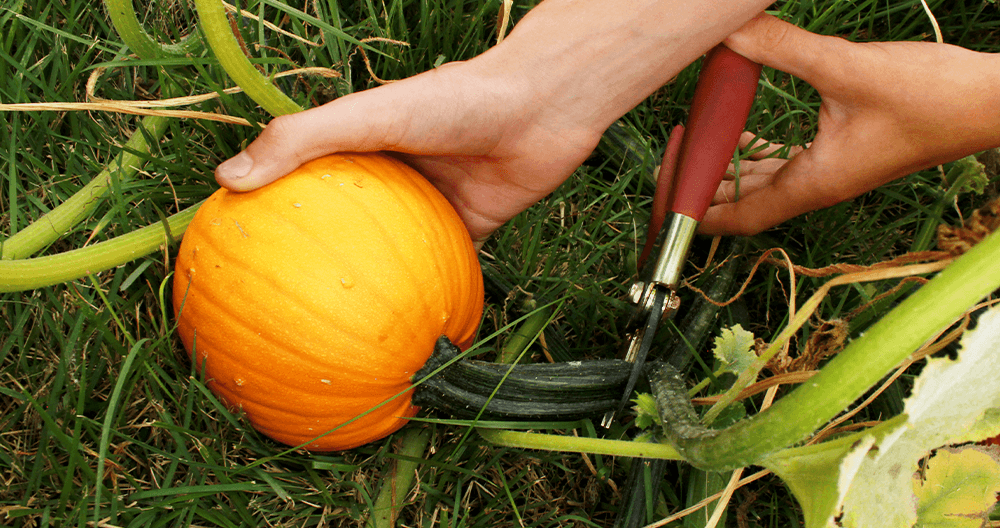
What are the health benefits of pumpkins?
Pumpkins are a good source of fiber, which can help to regulate digestion and keep you feeling full longer. They’re also low in calories, making them a great addition to any weight loss plan.
Pumpkins contain vitamins and minerals, including Vitamin A, potassium, and iron. They’re also a good source of beta-carotene, an antioxidant that can help to protect your cells from damage. The high levels of Vitamin C in pumpkins can help to ward off colds and flu. Eating pumpkin can help to boost your immune system and fight off infection.
How many pumpkins do you get per plant?
It depends on the variety of pumpkins you are growing and the growing conditions. For example, giant pumpkins can weigh up to 20 pounds, while smaller varieties may only reach a few pounds. In general, each pumpkin plant will yield two to four pumpkins. So, if you’re looking to add a few jack-o-lanterns to your Halloween decorations, you’ll need to plan on planting two or three plants.
What to put under growing pumpkins?
When growing pumpkins, choosing a location with full sunlight and well-drained soil is essential. Pumpkins also require a lot of space to spread out, so leave plenty of room between plants.
One way to provide additional support for pumpkins is to place them on a layer of straw or hay. This will help to keep the fruit from coming into contact with the ground, which can lead to rot. Also, straw or hay can help insulate the pumpkins from extreme temperatures.
- Everything You Should About Coconut Coir – What It Is and Which One You Should Buy
- Best Mulch for a Vegetable Garden
Growing pumpkins in small spaces
For those with limited space, growing pumpkins can seem like an impossible task. However, with some planning and the right variety of pumpkins, it is possible to grow these gourds in a small garden or even in large pots.
One of the key considerations is how much room the pumpkin will need to reach full size. For miniature varieties, such as Munchkin or Baby Boo, two to three square feet of space is sufficient.
With proper care, even those with limited space can enjoy the satisfaction of harvesting their very own pumpkins. Six to eight square feet per plant is ideal for more giant pumpkins, such as Jack-Be-Little or Hooligan. Another important factor is soil fertility. Pumpkins need plenty of nitrogen-rich compost to produce large fruits, so be sure to amend the soil before planting.
Growing pumpkins vertically
Pumpkins are typically grown on the ground, but if you have limited space, you can also grow them vertically. To do this, you will need to provide support for the pumpkin vines to climb. You will also need to ensure that the pumpkin gets plenty of sun and water. A trellis or fence are both excellent options.
Are pumpkins easy to grow?
Pumpkins are relatively easy to grow, and with some care, you can enjoy delicious pumpkin pie, roasted seeds, and more. Here are a few tips on how to grow pumpkins:
- Choose the right variety of pumpkins for your climate. If you live in a cooler climate, choose a type known to do well in cooler weather, such as ‘Munchkin’ or ‘Jack Be Little.’ If you live in a warmer climate, opt for a variety such as ‘Cinderella’ or ‘Galeux d’Eysines.’
- Sow the seeds indoors about six weeks before the last frost date in your area. Pumpkin seeds need warm soil to germinate, so starting them indoors will give them a head start on the growing season.
- Transplant the seedlings outdoors after all danger of frost has passed. Choose a sunny spot in your garden that has well-drained soil. Gently loosen the roots of each seedling before planting it in the ground. Space the plants about 3-4 feet apart.
- Water the plants regularly, providing about an inch of water per week. Pumpkins need consistent watering throughout the growing season to produce bountiful fruit.
- Fertilize the plants about two weeks after transplanting them outdoors using a balanced fertilizer such as 10-10-10. Apply the fertilizer according to package directions and avoid getting it on the leaves to prevent leaf burn. Reapply every four weeks throughout the growing season.
Following these simple tips, you can enjoy fresh pumpkins from your home this fall!
27 Types of pumpkins you can try growing in your garden
Did you know there are over 50 different varieties of pumpkins? From the traditional Jack-O-Lantern to the more miniature sugar pumpkins, there’s sure to be a pumpkin perfect for you.
Pumpkins come in all shapes and sizes, and you can grow many different types at home. Here are 27 different kinds of pumpkins that you can try growing in your garden:
- Cinderella Pumpkins: These beautiful pumpkins get their name from their storybook-like appearance. They’re perfect for carving and making lovely fall decorations.
- Musquee de Provence Pumpkins: These French heirloom pumpkins have a nutty flavor that’s perfect for pies and other desserts.
- Kakai Hulless Pumpkins: These unique pumpkins are hulless, meaning they don’t have the hard outer shell that most pumpkins have. They’re perfect for roasting and making a healthy, delicious snack.
- Jumbo Pumpkins: As the name suggests, these pumpkins are massive! They can weigh up to 100 pounds (45 kg), making them perfect for large carving projects.
- Baby Boo Pumpkins: These miniature pumpkins are as cute as they sound. They’re perfect for decorating your front porch or as place cards at your next fall dinner party.
- Lumina Pumpkins: Lumina pumpkins are white, making them a unique addition to your pumpkin patch. They’re perfect for painting and carving, and they also make great pies.
- Munchkin Pumpkins: Munchkin pumpkins are another type of miniature pumpkin. They’re perfect for snacking on or using as decoration.
- Rouge Vif d’Etampes Pumpkins: These French heirloom pumpkins get their name from their bright red color. They’re perfect for carving and making beautiful fall decorations.
- Snowball Pumpkins: As the name suggests, these white pumpkins look like giant snowballs. They’re perfect for painting and carving, and they also make great pies.
- Witch Finger Pumpkins: These eerie-looking pumpkins get their name from their long, slender shape. They’re also perfect for carving spooky faces into and making Halloween decorations.
- Blue Hubbard Pumpkins: These giant pumpkins get their name from their bluish-gray color. They’re also perfect for carving and making beautiful fall decorations.
- Cheese Pumpkins: Cheese pumpkins get their name from their shape, which resembles a wheel of cheese. They’re perfect for carving and making beautiful fall decorations.
- Dickinson Field Pumpkin: This giant pumpkin is perfect for carving and makes a beautiful fall decoration. It gets its name from its oblong shape and orange color.
- Fairytale Pumpkins: These beautiful pumpkins get their name from their storybook-like appearance. They’re perfect for carving and making lovely fall decorations.
- Galeux d’Eysines Pumpkins: These French heirloom pumpkins get their name from their warty appearance. They’re perfect for carving and making beautiful fall decorations.
- Jarrahdale Pumpkins: Blue-gray pumpkins are perfect for carving and making beautiful fall decorations. They get their name from their resemblance to jars of jam (jarrahdale is a type of Australian jam).
- Kabocha Pumpkins: Kabocha pumpkins are a type of Japanese squash that’s perfect for carving and making pies. They have a sweet, nutty flavor that’s perfect for fall desserts.
- Long Island Cheese Pumpkins: These pumpkins get their name from their shape, which resembles a wheel of cheese. They’re perfect for carving and making beautiful fall decorations.
- New England Pie Pumpkin: This small pumpkin is perfect for making pies. It has a deep orange color and a sweet, nutty flavor that’s perfect for fall desserts.
- One Too Many Pumpkins: This giant pumpkin is perfect for carving and makes a beautiful fall decoration. It gets its name from its oblong shape and orange color.
- Orange Smoothie Pumpkin: This small pumpkin is perfect for making pies. It has a deep orange color and a sweet, nutty flavor that’s perfect for fall desserts.
- Pumpkin Spice Latte Pumpkin: This small pumpkin is perfect for making pies. It has a deep orange color and a sweet, nutty flavor that’s perfect for fall desserts.
- Spooky Jack O’ Lantern Pumpkin: This pumpkin is perfect for carving spooky faces into and making Halloween decorations. It gets its name from its oblong shape and orange color.
- Sugar Pie Pumpkin: This small pumpkin is perfect for making pies. It has a deep orange color and a sweet, nutty flavor that’s perfect for fall desserts.
- White Pumpkin: These pumpkins get their name from their white color. They’re perfect for carving and making beautiful fall decorations.
- Wolfgang Pumpkins: Blue-gray pumpkins are perfect for carving and making beautiful fall decorations. They get their name from their resemblance to wolves (Wolfgang is German for “wolf”).
- Yellow Curry Pumpkin: This small pumpkin is perfect for making pies. It has a deep orange color and a sweet, nutty flavor that’s perfect for fall desserts.
So there you have it, 27 different types of pumpkins you can grow at home!
So, what’s the most healthy pumpkin? While all pumpkins offer some health benefits, sugar pumpkins are a great choice if you’re looking for a delicious and nutritious option.
Now that you know how to grow pumpkins, why not give it a try? You’ll have plenty of pumpkins to enjoy all autumn with a bit of care.
Related Posts
- Pumpkin Diseases and Pests: Best Ways to Get Rid of Them
- How to Grow White Pumpkins
- The Elegant Beauty of White Pumpkins
